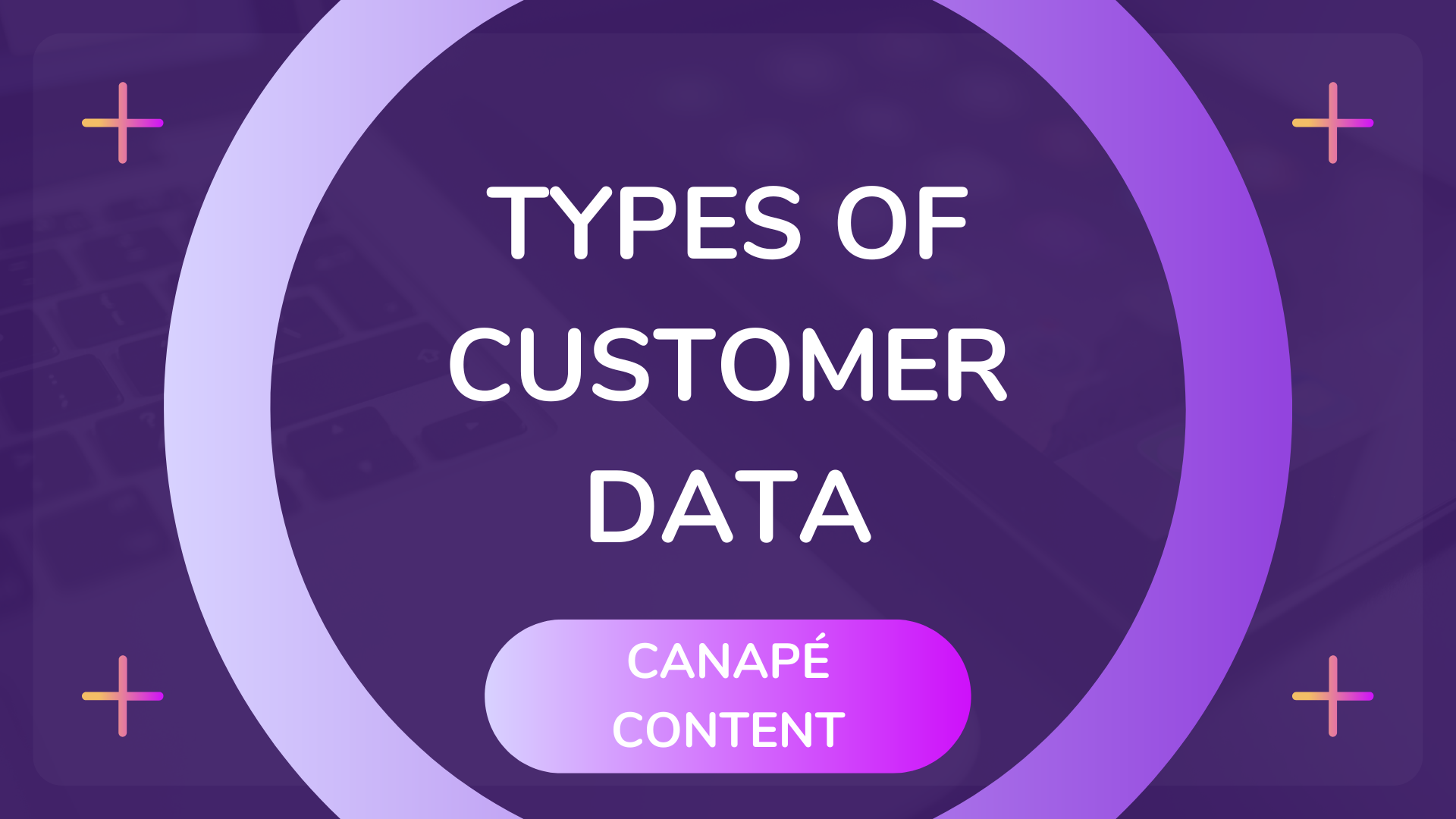
Customer data is information collected by business and marketing companies to inform communication and engagement strategies. This data can include behavioral, demographic and personal information.
This information guides marketing campaigns, communication style, retargeting efforts, product roadmaps and more. So it’s kinda important.
There are four different ways that a business can manage, utilize and acquire data.
First-Party Data
First-hand collected data, meaning it is collected from the customer through visits to sites, purchases, and interactions with a service like a social media platform or an app.
It can be a mix of behavioral data (what they did) and what they explicitly told you about themselves. While they might not realize that this data is collected and stored, customers are typically willingly sharing it when visiting a website or using a service.
This can be used to, for example, re-target the audience through advertising or email nurturing sequences.
Second-Party Data
Second-hand data is when a partner shares first-party data it has collected about a customer with another business.
For example, the information you can collect from a social media profile or a customer survey run by a partner.
While customers should be aware that this data exists, they don’t necessarily know it is available to a business through partnership.
Third-Party Data (the suspicious one)
Data collected by a “third-party” business that is not directly linked to the customer. Customers are most likely unaware that this data is collected or shared.
This is often the most controversial and raises concerns with data privacy, as monoliths like Meta and Google often sell third-party data. This helps retargeting strategies in native social media, for example, seeing an item you put in a shopping basket online, in your Instagram feed.
Zero-Party Data (the cool one)
Data that the customer has willingly shared with a business in a transparent collection process. It typically goes further than a name and an email. It is when the customers give more information about who they are.
This enables brands to tailor the experience and make it more personal while ensuring that the customer is fully aware of the information it gives to a business.
This data helps create your Spotify Wrapped, and yes, I did listen to more TikTok songs than I'd like to admit.
Want to know more? Our subject matter expert Guillaume Ang can tell you all about it in his article The Limitations of Third-Party Data - the future of marketing data. He is always up for a chat about the future of marketing data!
Contact him on LinkedIn or Twitter, or come by my profile to say hello!
Want to see how Upflowy can help you master your Zero Party Data?
